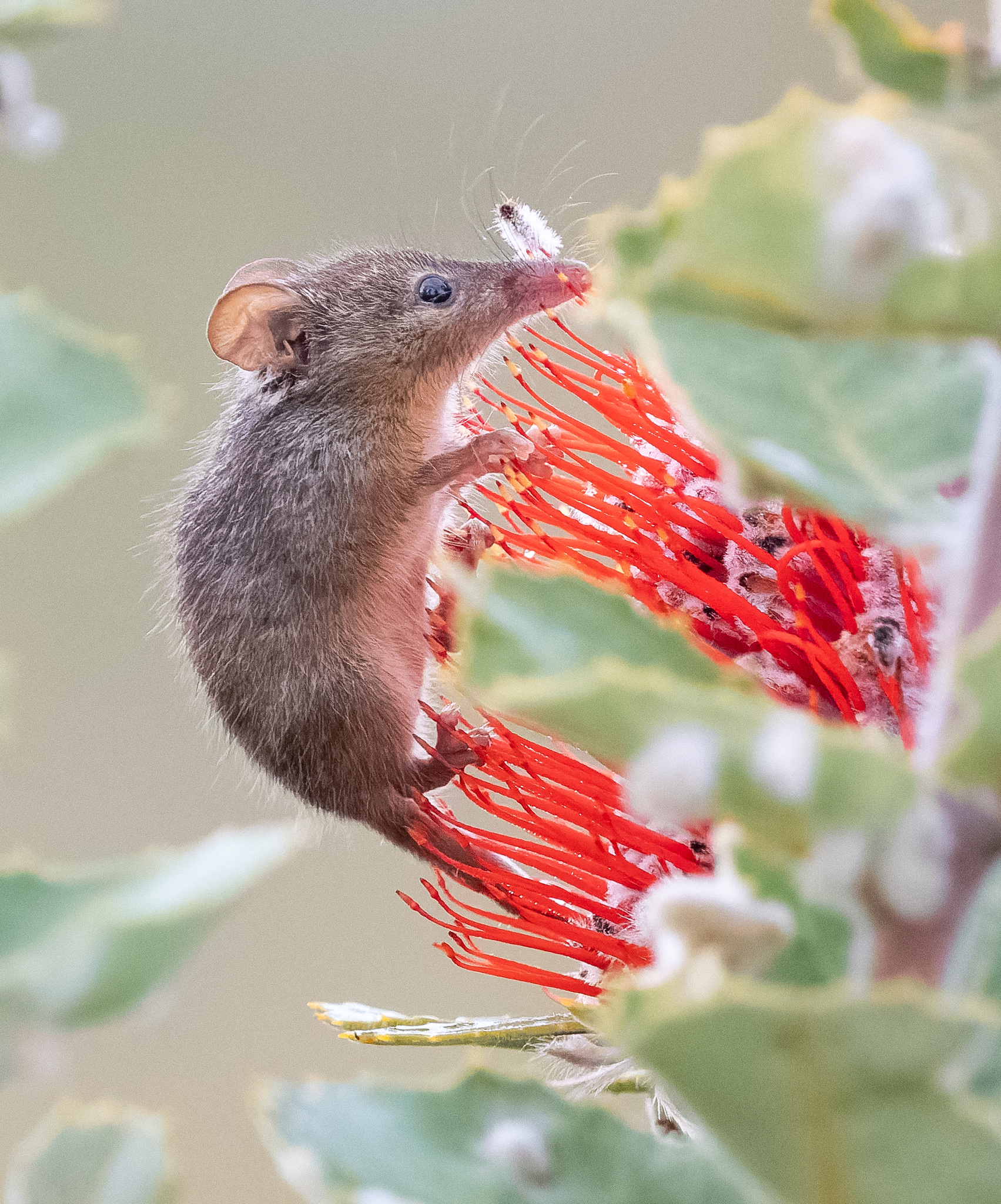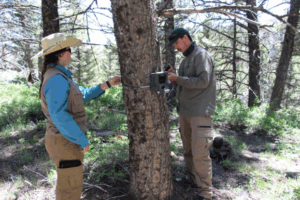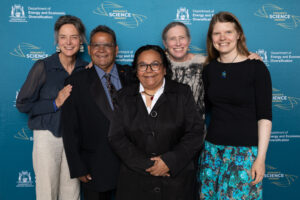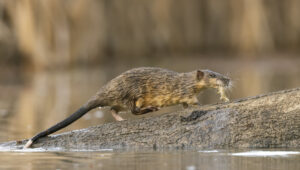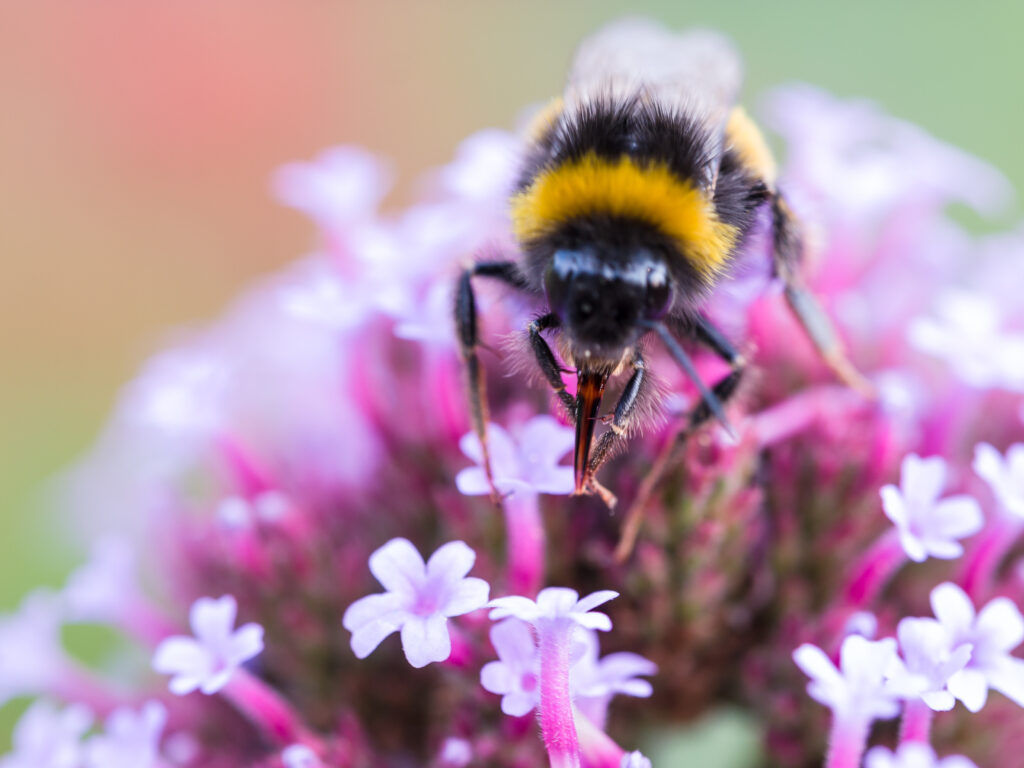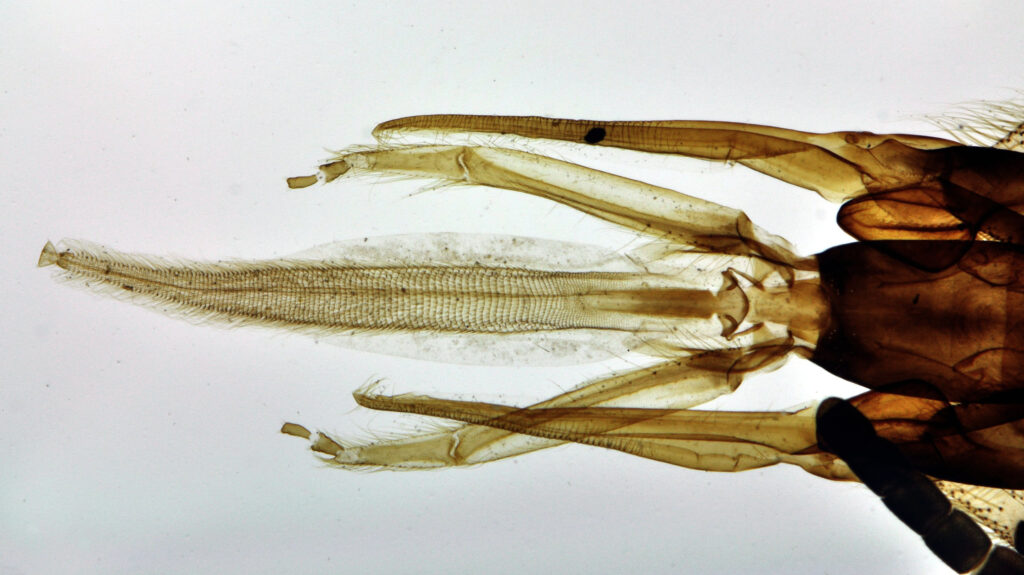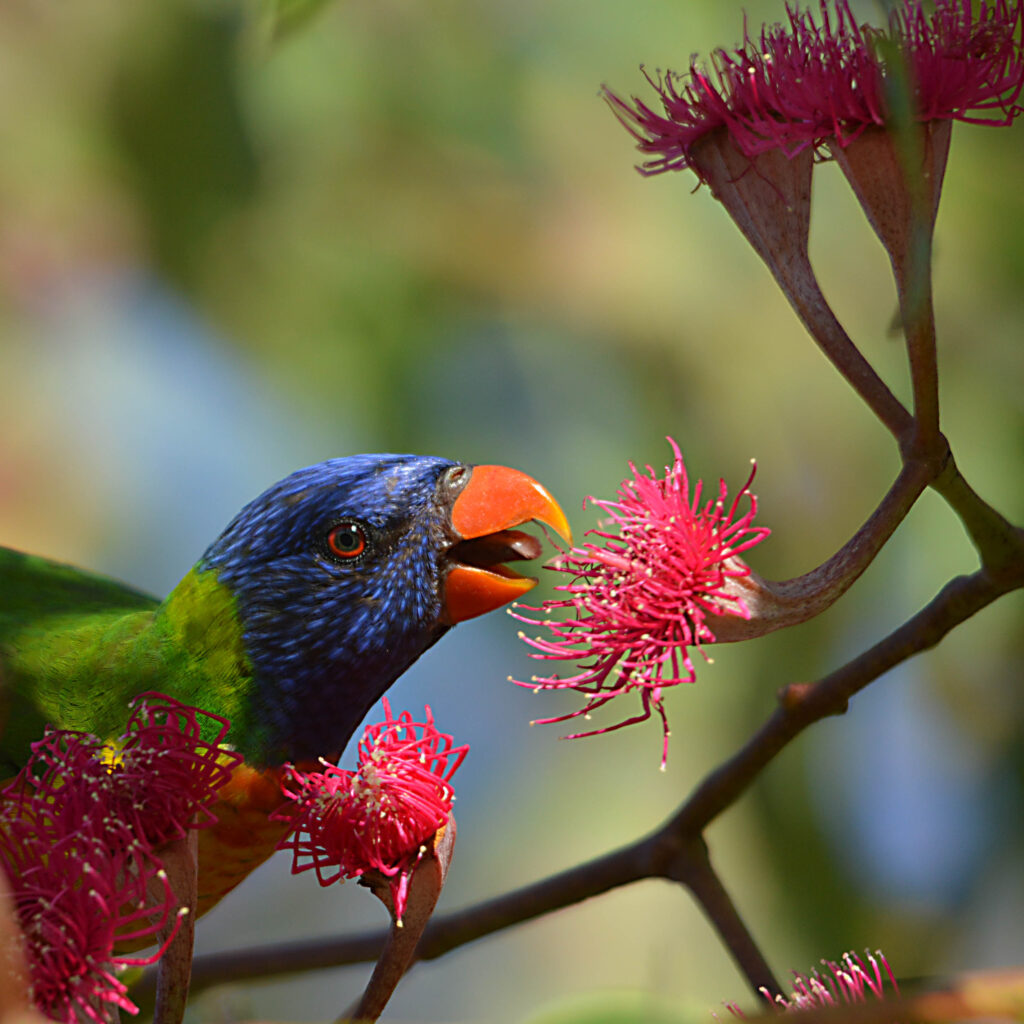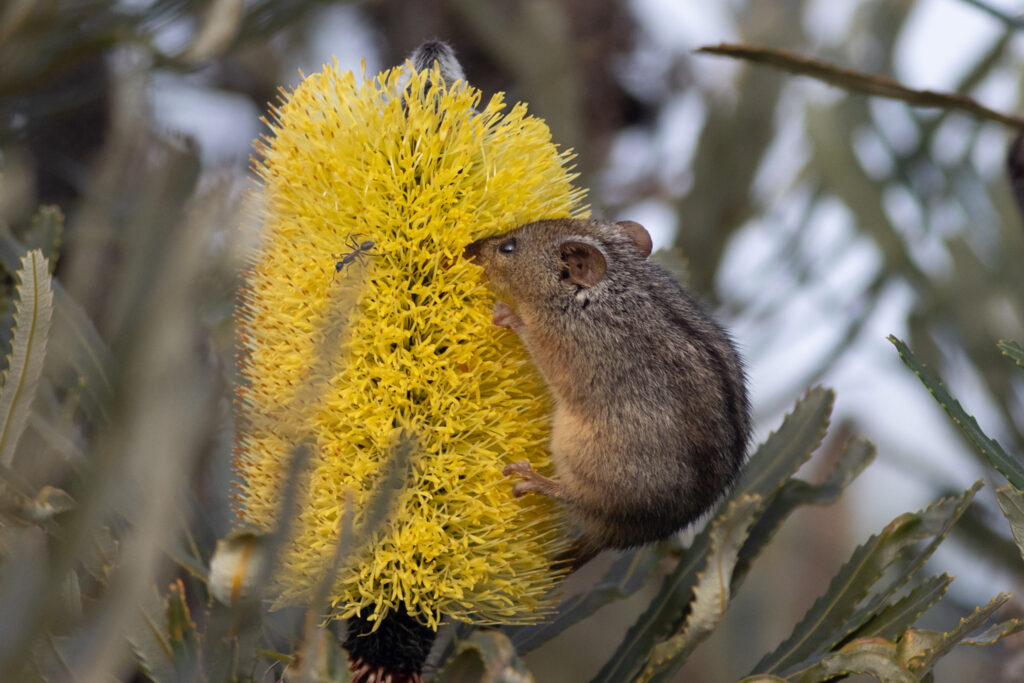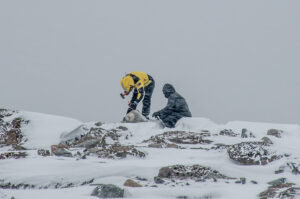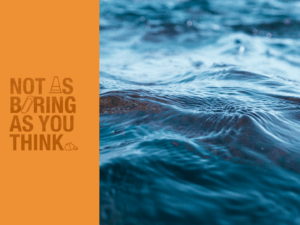If you have a sweet tooth, you’ll be familiar with the burst of energy known as a sugar rush.
But what if your survival depended on it? Would you love it as much?
I WANT CANDY
Animals get the nutrients they need from different sources.
They have been broadly classified as carnivores, herbivores and omnivores. But animal diets are more varied and specific.
For instance, a nectarivore is the term for an animal that feeds mostly on nectar.
In other words, nectarivores feed on liquid candy.
A SWEET EXCHANGE
Nectarivores need the energy that nectar provides to maintain their metabolic functions.
But plants need these animals to feed on nectar too.
When nectarivores sip on nectar, they collect scattered pollen produced in a flower’s anthers (male reproductive organs).
Then, when they visit another flower, they help transfer the pollen to the flower’s stigma (female reproductive organ).
This is how pollination occurs. And without pollination, there would be no plants.
SIP HAPPENS
WA is home to a variety of avid nectarivores, including approximately 800 species of native bees.
And although not native to WA, the European honeybee is one of the most common nectarivores in the region.
A honeybee’s tongue is called a glossa. It is a segmented tube covered in tiny hairs that trap nectar and suck it like a pump.
Rainbow lorikeets are another nectarivore that’s widespread across Western Australia. Like the European honeybee, they are an introduced species, but a key part of WA’s landscape.
They have rough tongues with brush-like tips that extend to capture and savour nectar from bottlebrush, eucalyptus and grevillea flowers.
And then there are natives like the elusive honey possum. This small marsupial has a long snout, few teeth and a bristled tongue as long as its head.
These adaptations help it sip rapidly on its favourite banksia flowers. A convenient adaptation, since it can sip up to its total body weight in nectar daily!
YOU CAN’T SIP WITH US
Nectar is a wonderful treat, but not every animal can get a taste of it.
It is usually reserved for animals with specific traits, like those previously described.
Sometimes, flowers will only attract a specific kind of pollinator, leading to what scientists have named pollination syndromes.
These tight bonds between animal and flower are forms of ecological specialisation. And scientists have found that the Southwest Australian Floristic Region is home to a variety of these interactions.
For instance, flowers in the region visited mainly by bees tend to be small, blue and yellow and to store pollen inside them.
And some species of native plasterer bees have enlarged mouthparts (known as palpi), which allow them to extract nectar from the long silky-leaved blood flowers.
THE FUTURE IS SWEET
Nectarivores come in many shapes and sizes. And so do their tongues.
As pollinators, they are responsible for our plant diversity and crops. Therefore, protecting our nectarivores means ensuring our own survival.
As many species around the world face extinction, protecting nectarivores is fundamental.
Because who would have known that a sweet tooth could do so much for us?



